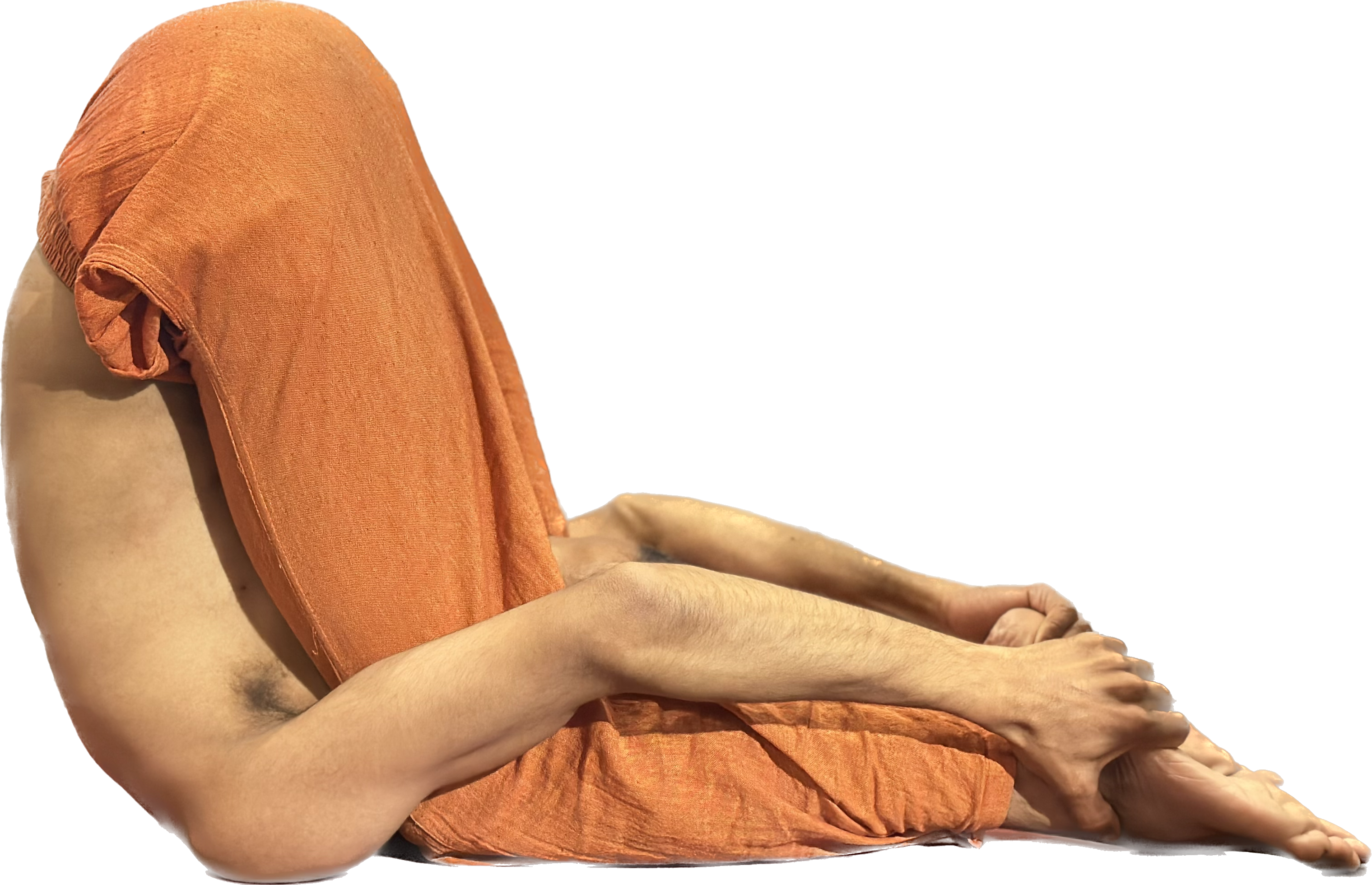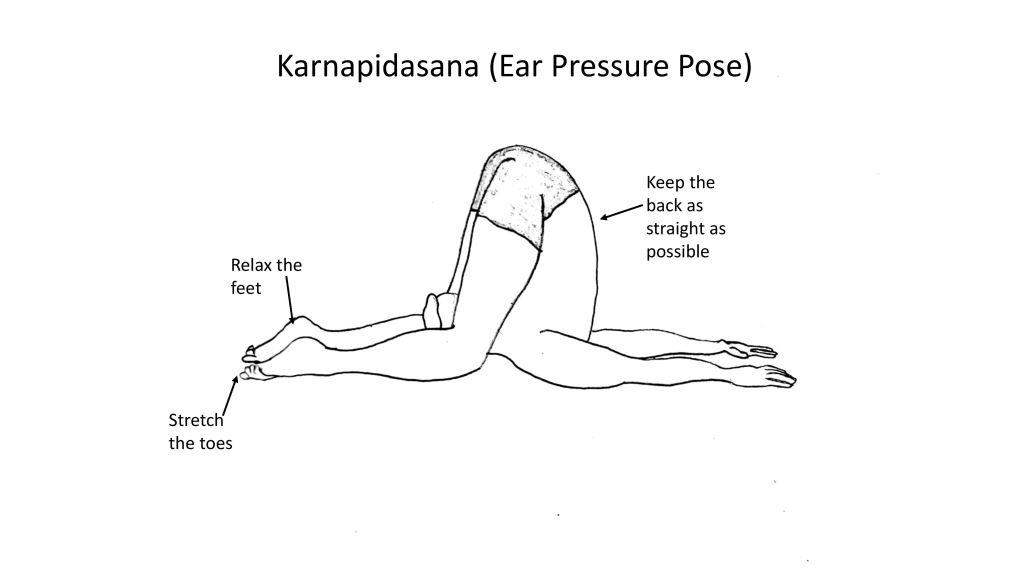
11 Aug 2024 HYN Himalayan Yoga Academy
One of the rare poses in the Ashtanga Primary series is called “Karnapidasana.” The practice of the fifth limb of the eight-fold path, known as Pratyahara, is most beneficial. It manages the total withdrawal of the faculties and spotlights on the internal being, by evading every one of the interruptions.
As one of the advanced yoga asanas, you must be familiar with poses like Halasana and Shoulder Stand to perform this one. Additionally, you must have exceptionally strong hamstrings, neck muscles, hips, glutes, core muscles, arms, and shoulders. Also, if you want to get the pose right, you must keep your mind still and collected.
The word, Karnapidasana began from the Sanskrit refrains. The meaning can be found in the following.
Pida means “pain” and Karna means “ears.”
Ear Pressure Pose gets its name from the word “asana,” which means “pose.”
This advanced deep inversion yoga pose greatly improves hamstring flexibility, shoulder mobility, and spine extension. You will likewise hear the name Raja Halasana being related to this asana. This is one of the end series asanas.
Steps to perform Karnapidasana
- Rest on your back with your hands by your sides and palms confronting the ground.
- As you lift your legs off the ground and enter the Sarvangasana (Shoulder Stand) pose, inhale deeply and exhale.
- Try to get your toes in contact with the ground on the opposite side of your head by bending your legs over your head.
- Keep your legs lined up with the ground and your hands level on the ground, pointing towards your feet.
- With your eyes pointing in the direction of your nose, bend your knees and bring them to either side of your ears.
- Stand firm on the footing for a couple of moments, bit by bit expanding the length as you become more agreeable.

Benefits of Karnapidasana
- There are many advantages to this advanced yoga pose. This pose, or asana, strengthens and extends the body when practiced. There is involvement in the neck, shoulders, arms, legs, and belly. In the end, it’s a full-body exercise.
- Your body will have more blood flowing through it, making you feel refreshed.
- Additionally, it enhances posture.
- This pose or asana aids in the intercostal muscles’ growth.
- Your ears are closed once you’ve gotten comfortable in the stance. You are thereby isolated from the outside world. This facilitates the achievement of mental calmness.
- Three chakras are activated by the asana or pose: the Manipura, sacral, and throat chakras.
- Your ability to concentrate greatly improves when you practice this asana daily.
- Additionally, it stimulates the thyroid gland, which helps to keep your menstrual cycle regular.
- It also treats exhaustion and sleeplessness.
- Because of the pressure and massaging motion, it regulates the function of the abdominal organs.
- Additionally, it increases the body’s general flexibility.
Karnapidasana Precautions
- Karnapidasana should not be done if you have a neck injury because it puts a lot of pressure on the neck.
- It should not be done by people who have chronic back pain because it bends the spine and can make the pain worse.
- Karnapidasana should be avoided if you have a hip or leg injury to prevent further strain and discomfort.
- To avoid worsening their condition, people with cervical problems or issues with the cervical spine should avoid this pose.
- Karnapidasana should be avoided if you have high blood pressure or heart problems because the inverted position may put more stress on the cardiovascular system.
Want to do amazing poses and learn new dimensions of Yoga? Join Himalayan Yoga Academy Now to learn various yoga teacher training programs and other dimensions.
